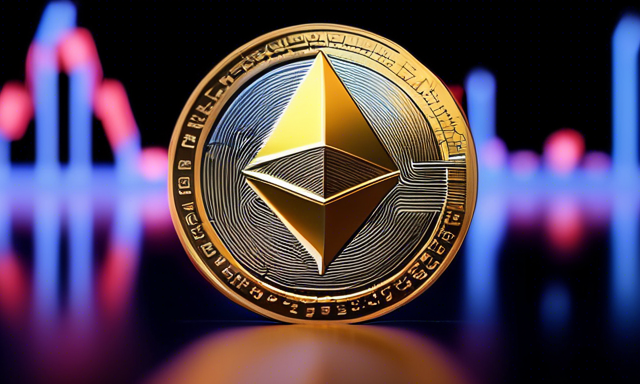Deciphering the Recent Drop in Ethereum Gas Fees
Recent data has shown a significant decline in Ethereum’s base gas fees, dropping to an incredibly low 0.82 Gwei. This sharp decrease in gas fees is indicative of reduced activity on the Ethereum network, leading to various implications for users and traders alike.
Continuous Decrease in Gas Fees
- Data from Ultra Sound Money reveals a consistent decline in Ethereum’s base gas fee over the past week, hitting a multi-year low of 0.82 Gwei on August 11.
- This decline can be attributed to a noticeable decrease in large transactions on the Ethereum network, as evidenced by on-chain data from IntoTheBlock.
- The number of transactions exceeding $100,000 plummeted from 16,990 on Monday to just 2,620 by Saturday, underscoring the decreased network activity.
Impact of Reduced Gas Fees
- The drop in gas fees has resulted in a decrease in the amount of ETH being burned, contrary to the expectation of deflationary pressure on the token supply.
- Only 3,698 ETH tokens were burned over the past seven days, while 18,065 new tokens were issued, leading to a net increase in the circulating supply of Ethereum.
- This imbalance between burned and newly issued tokens challenges the anticipated deflationary outcome of the network.
Significance of Gas Fees in Ethereum
Gas fees on the Ethereum network play a crucial role in reflecting the level of network activity and the overall supply of ETH. Traders and users closely monitor gas fees as they are intertwined with Ethereum’s functionality and market dynamics.
Dynamic Nature of Gas Fees
- The relationship between gas fees, network activity, and ETH supply is essential for understanding the underlying dynamics of the Ethereum ecosystem.
- Gas fees vary based on network congestion, with higher transaction volumes leading to increased fees to prioritize transactions within blocks.
- During high network demand, users may need to pay higher gas fees to ensure prompt validation and inclusion of their transactions in the blockchain.
Historical Trends in Gas Fees
- Historically, elevated gas fees have been associated with heightened network activity and bullish market sentiment on Ethereum.
- Instances of high gas fees often coincide with periods of increased interest and price momentum, reflecting a vibrant ecosystem.
- Conversely, low gas fees signify reduced network activity, which can impact user experience and overall ecosystem engagement.
Current Scenario and Market Trends
Amidst the recent drop in gas fees, Ethereum is trading at $2,585 with a 3.58% decline in the past 24 hours. The decreased gas fees may offer cost-saving benefits to users but also indicate a relatively quiet period in network activity.
Implications of Reduced Gas Fees
- While lower gas fees may benefit users in the short term, they also reflect a period of subdued activity on the Ethereum network.
- The current market conditions and reduced gas fees suggest a potential lull in network participation, impacting ecosystem dynamics and user engagement.
Hot Take: Ethereum Gas Fees Show Sharp Decline
The recent drop in Ethereum gas fees highlights a significant shift in network dynamics and user interaction. As gas fees continue to decrease, it underscores the evolving landscape of the Ethereum ecosystem and its broader implications for market participants.





 By
By
 By
By
 By
By
 By
By
 By
By